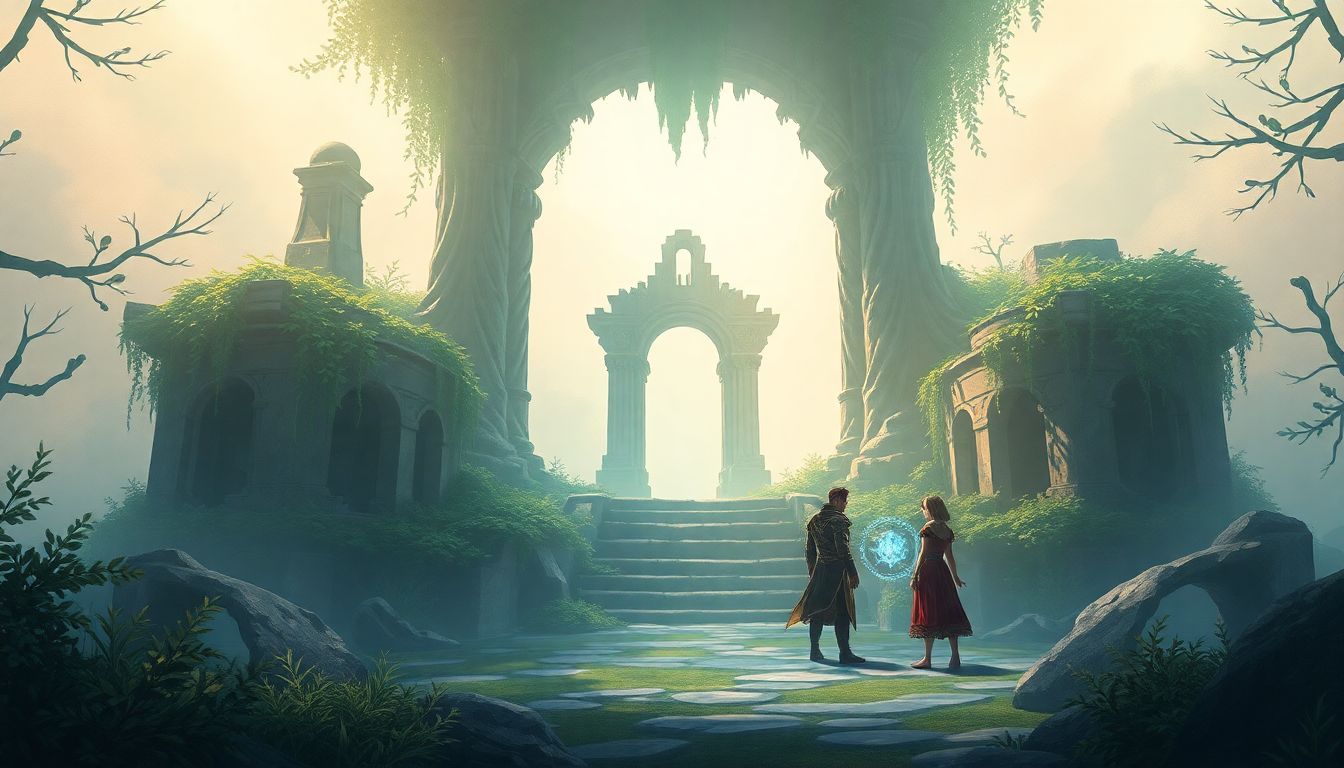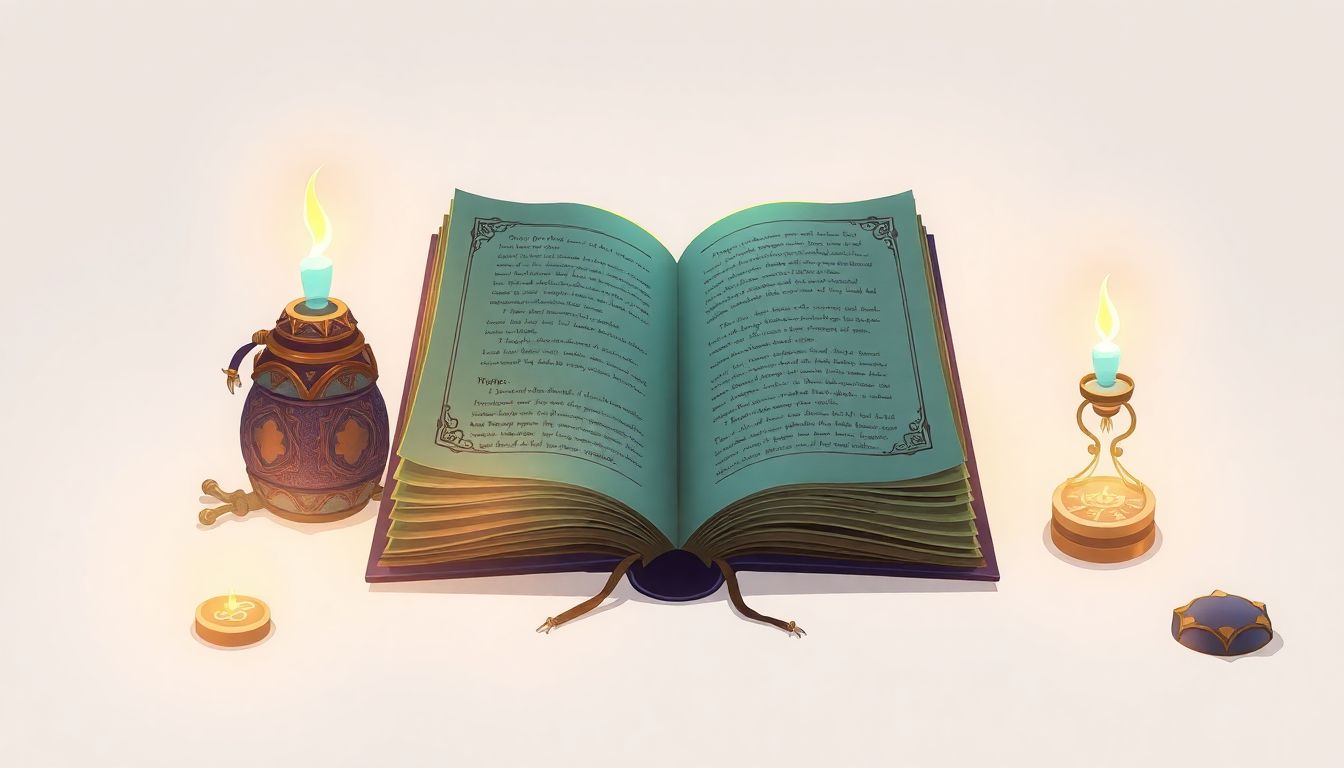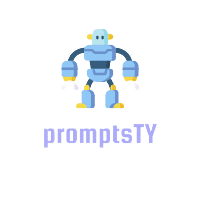Creating captivating lore for collectible games can be a daunting task, right? With so many elements to weave together—characters, worlds, and plotlines—it’s easy to feel overwhelmed when trying to craft a narrative that truly engages players and brings your game to life.
But what if I told you that you don’t have to tackle this challenge alone? By diving into some tailored ChatGPT prompts, you can unlock a treasure trove of ideas that will breathe life into your game’s universe and make the lore creation process not just manageable, but fun!
Stick around, and you’ll discover an array of prompts that will help you design unique characters, compelling settings, and intricate plotlines that keep players coming back for more. Let’s dive into the world of collectible game lore together!
Key Takeaways
- Use ChatGPT prompts to make creating collectible game lore easier and more enjoyable.
- Focus on core themes, character backstories, and the world to enhance player immersion.
- Develop detailed histories and evolving lore to keep players engaged over time.
- Utilize prompts for unique character creation, captivating settings, and intriguing plotlines.
- Incorporate game mechanics that reveal lore through player actions for a richer experience.

Best ChatGPT Prompts for Collectible Game Lore
Creating engaging lore for collectible games can involve a myriad of storytelling elements. With ChatGPT, you can craft nuanced game worlds and colorful characters easily. Here’s a collection of prompts you can use to harness the power of AI in developing your game’s lore.
- Generate a brief history of a legendary artifact in my collectible card game setting.
- Describe the cultural significance and rituals surrounding a particular faction in my game.
- Create an outline for a backstory of a major villain who opposes the heroes.
- List three ancient events that shaped the current political landscape of my game world.
- Invent a myth or legend that players can discover during their journey.
How to Create Engaging Lore for Collectible Card Games
Engaging lore is key to immersing players in collectible card games. Start by identifying the core themes of your game. These themes can inform the backstory, character motivations, and the world itself.
Next, focus on character backstories. Each character should have motivations that align with the game’s narrative. This connection creates deeper engagement for the player.
Consider building an immersive world. Think about how geography influences culture, and create diverse environments that capture player interest. World-building should be layered and multifaceted.
Here are actionable steps for crafting memorable lore:
- Define key themes and how they are represented in the gameplay.
- Develop detailed histories that link characters to the world.
- Introduce conflicts that propel the story forward.
- Keep the lore evolving to maintain player interest.
Example Prompts for Developing Unique Characters in Game Lore
Character development is crucial for rich game lore. Here are specific prompts you can use to create unique characters that players will remember:
- Create a hero with a tragic backstory. What defines them?
- Outline the life journey of an NPC who helps the players.
- Describe a companion character and their unique abilities within the game.
- Invent a quirky character trait that sets your villain apart from others.
- Detail the character arc of a hero who must confront their past.
Prompts for Designing Compelling Game Worlds and Settings
Compelling game worlds enhance gameplay and engage players. To get started with world-building, here are some prompts to consider:
- Sketch a world map with three distinct regions and describe each.
- Create a unique culture and explain its traditions and social structures.
- Define the political system of a powerful faction in your game.
- Design a mythological creature native to your game world, including its habitat.
- Write an account of a historical event that shaped the game world’s geography.

Using ChatGPT to Generate Intriguing Plotlines in Collectible Games
ChatGPT can be an excellent tool for crafting captivating plotlines that captivate players and enhance their gaming experience.
Start with foundational prompts that allow the AI to create dynamic story arcs tailored to your game’s themes.
- Generate a five-act structure for a campaign storyline involving an epic quest.
- Outline a branching narrative where player choices significantly impact the outcome.
- Create a tense plot twist that introduces a traitor within the heroes’ ranks.
- Describe the motivations behind a major conflict in your game world.
- Invent a pivotal moment where characters must make a life-altering decision.
Prompts for Writing Backstories That Enhance Gameplay
Backstories equip characters with depth and relevance that can significantly enrich gameplay.
Utilizing ChatGPT to craft these backstories can forge emotional connections for players.
- Create a detailed backstory for a protagonist that includes their biggest failure.
- Outline how a character’s past shaped their abilities or skills in the game.
- Write the origin story of an ancient artifact that players can discover.
- Describe a past event in the character’s life that impacts their relationships with allies.
- Develop a backstory for an antagonist that makes their motives relatable.
Tips for Using ChatGPT to Brainstorm Lore Ideas
Brainstorming with ChatGPT can lead to a wealth of creative lore ideas that you might not have considered.
Here are some techniques to make your brainstorming sessions effective:
- Set a specific theme or objective for your brainstorm to guide the AI responses.
- Encourage diverse ideas by rotating between different aspects of the game world.
- Use prompts that ask for multiple perspectives, such as the views of different factions.
- Document the responses and refine them based on your game’s style and direction.
- Experiment with open-ended questions to inspire unique concepts.
How to Use Game Mechanics to Influence Lore Development
Game mechanics can significantly shape how lore is developed, deepening player engagement.
By linking gameplay with narrative elements, you can create a more immersive experience.
- Design a mechanic where players uncover lore by completing specific in-game actions.
- Integrate lore into crafting systems that require players to gather knowledge as resources.
- Create a progression system where the unlocking of abilities reveals character backstories.
- Outline conflict resolution mechanics that relate directly to the lore of different factions.
- Develop game events that tie into historical lore to encourage exploration and discovery.

Prompts for Creating Factions and Cultures within Your Game Universe
Creating distinct factions and cultures can add layers of depth to your game lore, making the world feel alive and engaging.
Here are some prompts designed to help you build intricate factions and cultures that players will remember:
- Describe the founding myth of a faction and its significance in modern times.
- Create a detailed list of the various roles within a faction, including titles and responsibilities.
- Explain a unique cultural practice that distinguishes one faction from another.
- Outline a historical conflict between two factions that reshaped their relationship.
- Define the core beliefs of a secret society within your game world.
Ideas for Expanding Existing Game Lore Using ChatGPT
Expanding existing lore can breathe new life into your game, enriching the player experience and keeping the narrative fresh.
Consider these ideas for using ChatGPT to enrich and expand your game lore:
- Generate new storylines set in different eras of your game’s history.
- Create side quests that explore minor characters’ backgrounds and their impact on the main plot.
- Outline potential future events based on current lore, setting up long-term narrative arcs.
- Incorporate player-generated lore by prompting AI to adapt user-created content.
- Brainstorm alternative outcomes for significant historical events in your game world.
FAQs
Effective prompts include asking for detailed backstories for characters, descriptions of unique game worlds, and explorations of faction dynamics. These help in developing immersive lore that enhances gameplay and player engagement.
Integrate game mechanics with lore by designing story elements that reflect gameplay. For example, if players collect cards representing different factions, develop lore that highlights their histories and relationships, enhancing the overall gaming experience.
To brainstorm effectively, provide specific contexts in your prompts, such as character traits or world themes. Ask open-ended questions for diverse responses, and refine generated ideas by iterating through different lore angles and narratives.
To expand existing lore, prompt ChatGPT with specific aspects of the game universe you want to explore, such as unmentioned factions or historical events, allowing it to generate new narratives that enhance the overall world-building.
